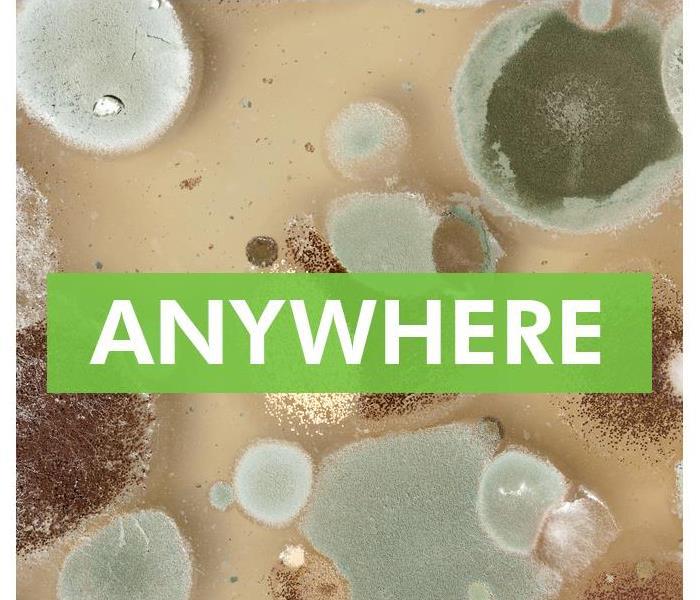3 Things To Know About Mold Damage After a Flood
1/12/2021 (Permalink)
Mold After Flood
One of the reasons that flooding can cause such devastating damage to a home is that damage, such as mold growth, often continues to occur long after the floodwater has receded. These are three things you should know about mold after a flood.
1. Mold Begins To Grow Rapidly
Mold spores naturally occur in the air and are already present in your home. Mold grows rapidly in the moist conditions created by standing water. It may begin to multiply in 24 to 48 hours after floodwaters enter your home. Because the mold will continue to grow rapidly as long as damp conditions exist, it is important to dry your property out as soon as possible. A water mitigation company in Cheltenham, PA, can assist you with this process.
2. You Can Take Steps To Prevent Mold
As soon as it is safe to enter your home after a flood, open windows and doors to provide ventilation and help dry out the property. Remove all wet items and debris. Clean hard surfaces with disinfectant or sanitizer. Discard porous materials that may have mold growth. Dispose of the carpet if you can. If you can not, use a wet/dry vacuum or carpet extractor to remove moisture. Use fans to increase air circulation. Run dehumidifiers to reduce the amount of moisture in the air.
3. Mold Can Grow on Your Contents
Mold isn't just a problem for wet furniture, carpets, and walls. It can grow on anything in your house. Dispose of any food that has gotten wet. Not only is wet food likely to mold, but it may also contain harmful bacteria. Wash and sanitize your clothing, children's toys, and other personal items.
Mold growth is one of the many problems caused by flooding that can damage your home. These three tips can help you prevent or slow growth and avoid unnecessary damage.





 24/7 Emergency Service
24/7 Emergency Service
